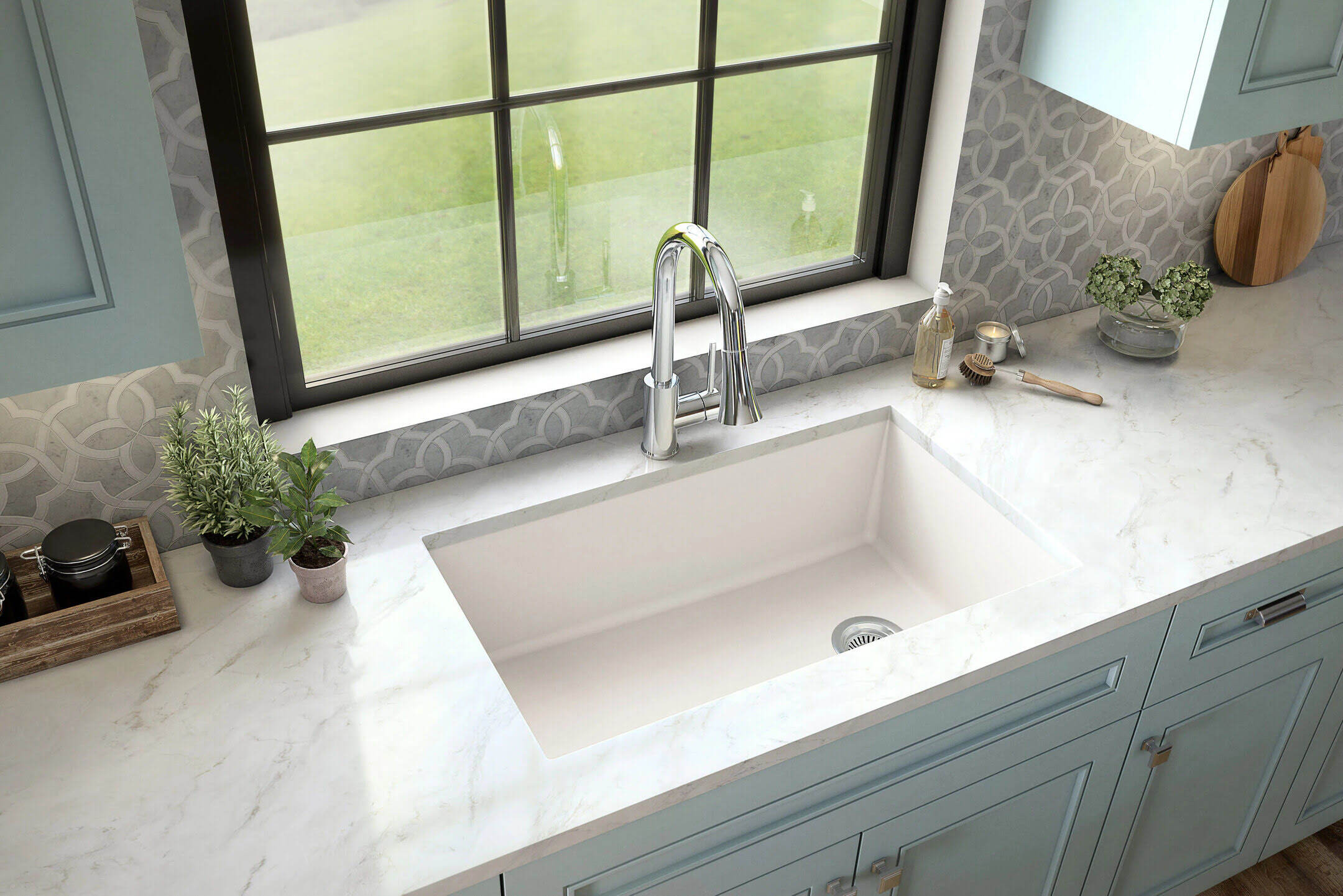

Articles
What Is Undermount Sink
Modified: October 28, 2024
Discover the benefits and installation process of undermount sinks in our informative articles. Learn how to choose the perfect undermount sink for your kitchen or bathroom.
(Many of the links in this article redirect to a specific reviewed product. Your purchase of these products through affiliate links helps to generate commission for Storables.com, at no extra cost. Learn more)
Introduction
When it comes to kitchen renovations, one of the most important decisions you’ll have to make is choosing the right sink. With a plethora of options available, it can be overwhelming to decide which sink will work best for your kitchen. Among the various types of sinks available, the undermount sink has been gaining popularity for its sleek and seamless design.
An undermount sink is a type of sink that is installed beneath the countertop, as opposed to being dropped in on top. This unique installation method allows the sink to be seamlessly integrated into the countertop, creating a clean and modern look for your kitchen. Undermount sinks are commonly made of materials such as stainless steel, porcelain, or granite, giving you a wide range of options to choose from.
Not only does an undermount sink add to the aesthetic appeal of your kitchen, but it also offers several advantages over traditional drop-in sinks. The purpose of this article is to explore the various advantages and disadvantages of undermount sinks, discuss the different types available, provide guidance on the installation process, and offer tips for maintenance and care.
Whether you’re remodeling your kitchen or building a new one, understanding the benefits and drawbacks of undermount sinks will help you make an informed decision. So, let’s dive deeper into the world of undermount sinks and explore what sets them apart from other sink options.
Key Takeaways:
- Undermount sinks offer a sleek, modern design, easy maintenance, and increased counter space, making them a stylish and practical choice for any kitchen renovation.
- Choosing the right undermount sink involves considering factors such as size, material, style, functionality, and budget, ensuring a seamless and functional upgrade for your kitchen.
Read more: How To Measure Undermount Sink
Definition of Undermount Sink
An undermount sink is a type of sink that is installed beneath the countertop, creating a seamless and flush appearance. Unlike traditional drop-in sinks that are placed on top of the countertop, undermount sinks are secured from below, allowing the countertop to extend directly to the edge of the sink. This installation method gives the sink a sleek and modern look, making it a popular choice for contemporary kitchens.
Undermount sinks are available in a variety of materials, including stainless steel, porcelain, composite, and granite. Each material offers its own unique benefits and aesthetics, allowing homeowners to choose the undermount sink that best suits their kitchen design and functionality needs.
One of the main defining characteristics of undermount sinks is the absence of a visible rim. Since the sink is mounted beneath the countertop, the edge of the sink is not exposed. This not only creates a clean and seamless appearance but also makes cleaning the countertop around the sink much easier, as there is no rim to trap dirt or food particles.
Undermount sinks are available in different shapes and sizes, allowing homeowners to select the perfect fit for their kitchen layout and personal preferences. Whether you prefer a single bowl or double bowl sink, a round or rectangular shape, or a shallow or deep basin, there is an undermount sink option that will meet your needs.
Furthermore, undermount sinks can be installed in various types of countertops, including granite, quartz, concrete, and solid surface materials. The versatility of undermount sinks makes them compatible with a wide range of kitchen styles, from modern and minimalist to traditional and rustic.
Overall, the defining characteristic of an undermount sink is its installation method beneath the countertop, creating a seamless and flush appearance that enhances the overall aesthetics of the kitchen. With their clean lines, easy cleaning maintenance, and compatibility with different countertop materials, undermount sinks offer a stylish and functional solution for any kitchen design.
Advantages of Undermount Sinks
Undermount sinks offer numerous benefits that make them a popular choice among homeowners. Here are some of the advantages of installing an undermount sink in your kitchen:
- Sleek and seamless design: Undermount sinks create a streamlined and modern look in the kitchen. With no rim or exposed edges, they seamlessly integrate into the countertop, enhancing the overall aesthetics of the space.
- Easier to clean: The lack of an exposed rim makes cleaning the countertop around the sink much easier. There are no crevices or seams to trap dirt or food particles, reducing the chances of bacteria growth and making cleaning a breeze.
- Maximized counter space: Since undermount sinks are installed beneath the countertop, they maximize the usable counter space. You can utilize the entire surface of the countertop without any obstructions, providing more room for food preparation and other kitchen tasks.
- Enhanced functionality: Undermount sinks offer flexibility in terms of sink placement. You can choose the positioning of the sink based on your ergonomic needs and preferences, ensuring a comfortable and convenient workspace in the kitchen.
- Improved durability: Undermount sinks are secured to the countertop from below, which makes them more stable and less prone to damage. The absence of a rim also means that there is no risk of the sink separating from the countertop over time.
- Versatile design options: Undermount sinks are available in various materials, shapes, and sizes, allowing you to find the perfect sink that complements your kitchen design. Whether you prefer a stainless steel sink for a sleek and modern look or a porcelain sink for a classic and elegant style, there is an undermount sink option to suit your taste.
- Increased resale value: The addition of an undermount sink can significantly enhance the value of your kitchen and overall home. Its sleek design and practicality are attractive features for potential buyers, making it a worthwhile investment for the long term.
Overall, undermount sinks offer a host of advantages over traditional drop-in sinks. From their sleek and seamless design to their ease of maintenance and increased functionality, undermount sinks are a practical and stylish choice for any kitchen.
Disadvantages of Undermount Sinks
While undermount sinks have many advantages, it’s important to consider the potential drawbacks before making a decision. Here are some of the disadvantages of undermount sinks:
- Higher installation cost: Undermount sinks require professional installation, which can be more expensive compared to drop-in sinks. The process involves securing the sink from underneath the countertop, which requires additional labor and expertise.
- Potential for water damage: If the undermount sink is not properly installed or sealed, there is a risk of water seeping into the countertop and causing damage. It is crucial to ensure that the sink is installed correctly and adequately sealed to prevent any water-related issues.
- Limitations in sink choice: Undermount sinks are not compatible with all types of sinks. For example, certain materials, such as cast iron or fireclay sinks, may be too heavy to be installed as undermount sinks. It’s important to consider the material and weight requirements before choosing an undermount sink.
- Potential for countertop damage: In the case of a heavy impact or excessive weight placed on the sink, there is a risk of the countertop cracking or chipping. This is especially true for delicate materials such as marble or quartz. Proper care and caution must be exercised to avoid any damage to the countertop.
- Incompatibility with existing countertops: Undermount sinks may not be suitable for retrofitting into existing countertops, particularly those with limited space or unconventional shapes. Assessing the compatibility of your current countertop and sink placement is essential before opting for an undermount sink.
- More challenging installation process: Installing an undermount sink requires precision and attention to detail. It involves cutting a hole in the countertop and securing the sink underneath, which can be more complicated compared to drop-in sink installation.
Although there are some disadvantages to consider, many of these can be mitigated with proper installation and maintenance. It’s important to weigh the pros and cons and consider your specific needs and preferences before deciding whether an undermount sink is the right choice for your kitchen.
Types of Undermount Sinks
Undermount sinks come in various types, each offering its own unique features and benefits. Here are some common types of undermount sinks:
- Stainless Steel Undermount Sinks: Stainless steel undermount sinks are a popular choice for modern kitchens. They are durable, resistant to stains and corrosion, and easy to clean. Stainless steel sinks also have a sleek and professional look that complements many kitchen styles.
- Porcelain Undermount Sinks: Porcelain undermount sinks are known for their classic and elegant appearance. They are available in different colors and styles, making it easy to find one that matches your kitchen design. Porcelain sinks are also resistant to stains and heat, making them a practical choice.
- Composite Undermount Sinks: Composite undermount sinks are made from a combination of materials, such as granite or quartz, mixed with resin. They offer the durability and heat resistance of natural stone, along with the versatility of different colors and patterns. Composite sinks are also resistant to scratches and stains.
- Cast Iron Undermount Sinks: Cast iron undermount sinks are known for their durability and timeless appeal. They are coated with enamel, which provides a smooth and glossy finish. Cast iron sinks are available in various shapes and colors, adding a touch of elegance to any kitchen.
- Copper Undermount Sinks: Copper undermount sinks offer a unique and stunning look for your kitchen. They develop a patina over time, giving them a vintage and rustic charm. Copper sinks are also antimicrobial, making them a hygienic choice for the kitchen.
- Granite Undermount Sinks: Granite undermount sinks are made from a solid piece of granite, offering a natural and luxurious look. They are highly durable, heat resistant, and resistant to scratches and stains. Granite sinks come in various colors and patterns, allowing you to find one that complements your kitchen design.
Each type of undermount sink has its own unique characteristics and advantages, so it’s important to consider your preferences, budget, and kitchen style when choosing the right undermount sink for your kitchen.
When installing an undermount sink, make sure to use a waterproof sealant to prevent water damage to the countertop. Additionally, ensure that the sink is properly supported to avoid any potential issues with weight and stress on the countertop.
Read more: How To Attach An Undermount Sink To Granite
Installation Process for Undermount Sinks
The installation process for undermount sinks requires precision and attention to detail. While it is recommended to hire a professional for the installation, understanding the basic steps involved can help you make informed decisions and communicate effectively with the installer. Here is a general overview of the installation process:
- Measure and prepare the countertop: Start by measuring the dimensions of the sink and marking the placement on the underside of the countertop. Ensure that the countertop is strong and stable enough to support the weight of the sink. If necessary, apply additional support brackets or reinforcement to the cabinet structure below the sink area.
- Create a cutout: Using the measurements and markings as a guide, carefully cut out the opening for the sink in the countertop. This is typically done with a jigsaw or a specialized cutting tool. Take caution to follow the guidelines provided by the sink manufacturer.
- Test fit the sink: Place the sink into the cutout to check for proper fit and alignment. Make any necessary adjustments to ensure a snug fit. If the sink includes a mounting bracket, attach it to the underside of the countertop according to the manufacturer’s instructions.
- Apply sealant: Before securing the sink in place, apply a bead of silicone sealant around the edge of the cutout in the countertop. This will create a watertight seal and prevent any water damage or leakage.
- Mount the sink: Carefully lower the sink into the cutout and align it with the countertop. Press down firmly to ensure it adheres to the silicone sealant. If the sink includes clips or brackets, use them to secure the sink to the underside of the countertop. Follow the manufacturer’s instructions for the specific mounting method.
- Connect plumbing: Once the sink is securely in place, connect the plumbing components including the drain, faucet, and any additional accessories. Ensure that all connections are tightened and leak-free. Test the water flow and drainage to confirm proper functionality.
- Clean and finish: Clean any excess sealant from the countertop and sink using a mild cleaner and a soft cloth. Inspect the sink and surrounding area for any visible signs of damage or imperfections. Make any necessary touch-ups or adjustments to achieve a clean and polished look.
It is essential to follow the manufacturer’s guidelines and consult a professional if you have any doubts or concerns about the installation process. Proper installation will ensure the longevity and functionality of your undermount sink in the kitchen.
Maintenance and Care for Undermount Sinks
Proper maintenance and care are essential to keep your undermount sink looking and functioning its best. Here are some tips to help you maintain and care for your undermount sink:
- Regular cleaning: Clean your undermount sink regularly to prevent the buildup of dirt, stains, and mineral deposits. Use a soft, non-abrasive cloth or sponge and a mild, non-abrasive cleaner to wipe down the sink. Avoid using harsh chemicals or abrasive scrubbers that can damage the sink’s surface.
- Avoiding heavy impact: Undermount sinks, especially those made of delicate materials like porcelain or composite, can be prone to chipping or cracking if heavy objects are dropped on them. Be cautious when handling heavy pots, pans, and dishes near the sink, and use protective mats or racks to prevent any accidental impact.
- Preventing scratches: While many undermount sinks are resistant to scratches, it is still important to take precautions to prevent any damage. Avoid using abrasive cleaners or scrubbers that can scratch the sink’s surface. Use cutting boards and mats when preparing food to protect the sink from sharp objects.
- Minimizing exposure to heat: Although many undermount sinks are heat resistant, prolonged exposure to high temperatures can still cause damage. Avoid placing hot cookware directly on the sink’s surface. Instead, use trivets or hot pads to protect the sink from heat sources.
- Addressing stains and discoloration: In the case of stains or discoloration, try using a mixture of baking soda and water to create a paste. Apply the paste to the affected area and gently scrub with a soft cloth or sponge. Rinse thoroughly and dry the sink to prevent any residue or discoloration.
- Regular maintenance of plumbing: Keep the plumbing components of your undermount sink in good working condition by regularly checking for leaks, clogs, or any other issues. Address any plumbing problems promptly to prevent damage to the sink and surrounding areas.
- Preventing water damage: Ensure that the silicone sealant around the sink is intact and watertight. Check for any signs of deterioration or leakage and replace the sealant if necessary. Wipe up any water spills or splashes promptly to prevent moisture from seeping into the countertop or cabinet below.
By following these maintenance and care tips, you can keep your undermount sink looking pristine and functioning properly for years to come. Remember to always refer to the manufacturer’s guidelines and recommendations for specific cleaning instructions and products.
Choosing the Right Undermount Sink for Your Kitchen
Choosing the right undermount sink for your kitchen involves considering various factors such as size, material, style, and functionality. Here are some key points to keep in mind to help you make an informed decision:
- Size and configuration: Consider the size and layout of your kitchen when choosing the size and configuration of your undermount sink. Assess the available space in your countertop and cabinets to determine the appropriate dimensions. Additionally, decide if you prefer a single bowl or double bowl sink based on your kitchen needs and preferences.
- Material: Undermount sinks are available in various materials, each with its own unique characteristics. Stainless steel is popular for its durability and modern look, while porcelain offers a classic and elegant appeal. Consider factors such as durability, stain resistance, heat resistance, and maintenance requirements when selecting the material for your undermount sink.
- Style and aesthetics: Undermount sinks come in different styles to match your kitchen design and personal preferences. Whether you prefer a contemporary, traditional, or farmhouse style, choose a sink that complements your overall kitchen aesthetic. Consider details such as color, shape, and finish to ensure a cohesive and visually appealing look.
- Functionality: Evaluate your kitchen needs and lifestyle to determine the features and functionalities you desire in an undermount sink. Consider factors such as the depth of the basin, the number of bowls, and any additional accessories such as built-in draining boards or cutting boards. These features can significantly enhance the functionality and convenience of your sink.
- Budget: Determine your budget for the undermount sink and set realistic expectations. Undermount sinks are available in a wide price range, depending on the material, brand, and features. Consider the long-term investment and benefits of durability and quality when making budget decisions.
- Read reviews and seek recommendations: Research and read reviews from reputable sources or consult with professionals to gather insights and recommendations. Learning from the experiences of others can provide valuable information and help narrow down your options.
- Consult with professionals: If you’re uncertain or overwhelmed by the choices, consult with professionals such as kitchen designers or plumbers. They can offer expertise specific to your kitchen layout and requirements and help guide you in selecting the best undermount sink for your needs.
By considering these factors and conducting thorough research, you can choose an undermount sink that not only enhances the aesthetics of your kitchen but also meets your functional needs. Take the time to explore different options and make an informed decision that will bring both style and functionality to your kitchen space.
Conclusion
Undermount sinks are a popular choice for homeowners looking to upgrade their kitchens with a modern and seamless design. They offer several advantages, such as a sleek appearance, easy cleaning, maximized counter space, and increased durability. The various types of undermount sinks, including stainless steel, porcelain, composite, cast iron, copper, and granite, provide options to suit different styles and preferences.
While undermount sinks come with some disadvantages, such as higher installation costs and susceptibility to damage if not properly maintained, these can be mitigated with proper installation and care. Regular cleaning, preventing scratches and heat exposure, and addressing any plumbing or sealant issues will help maintain the sink’s functionality and appearance.
Choosing the right undermount sink for your kitchen involves considering factors such as size, material, style, functionality, and budget. Assessing your kitchen space, researching different options, and seeking professional advice will assist you in making an informed decision that aligns with your needs and preferences.
Overall, undermount sinks offer a stylish and practical solution for upgrading your kitchen. Their sleek and seamless design enhances the aesthetics of the space while providing functional benefits. By understanding the advantages and disadvantages, installation process, maintenance, and selection factors, you can confidently choose the right undermount sink that will elevate the overall look and feel of your kitchen for years to come.
Frequently Asked Questions about What Is Undermount Sink
Was this page helpful?
At Storables.com, we guarantee accurate and reliable information. Our content, validated by Expert Board Contributors, is crafted following stringent Editorial Policies. We're committed to providing you with well-researched, expert-backed insights for all your informational needs.

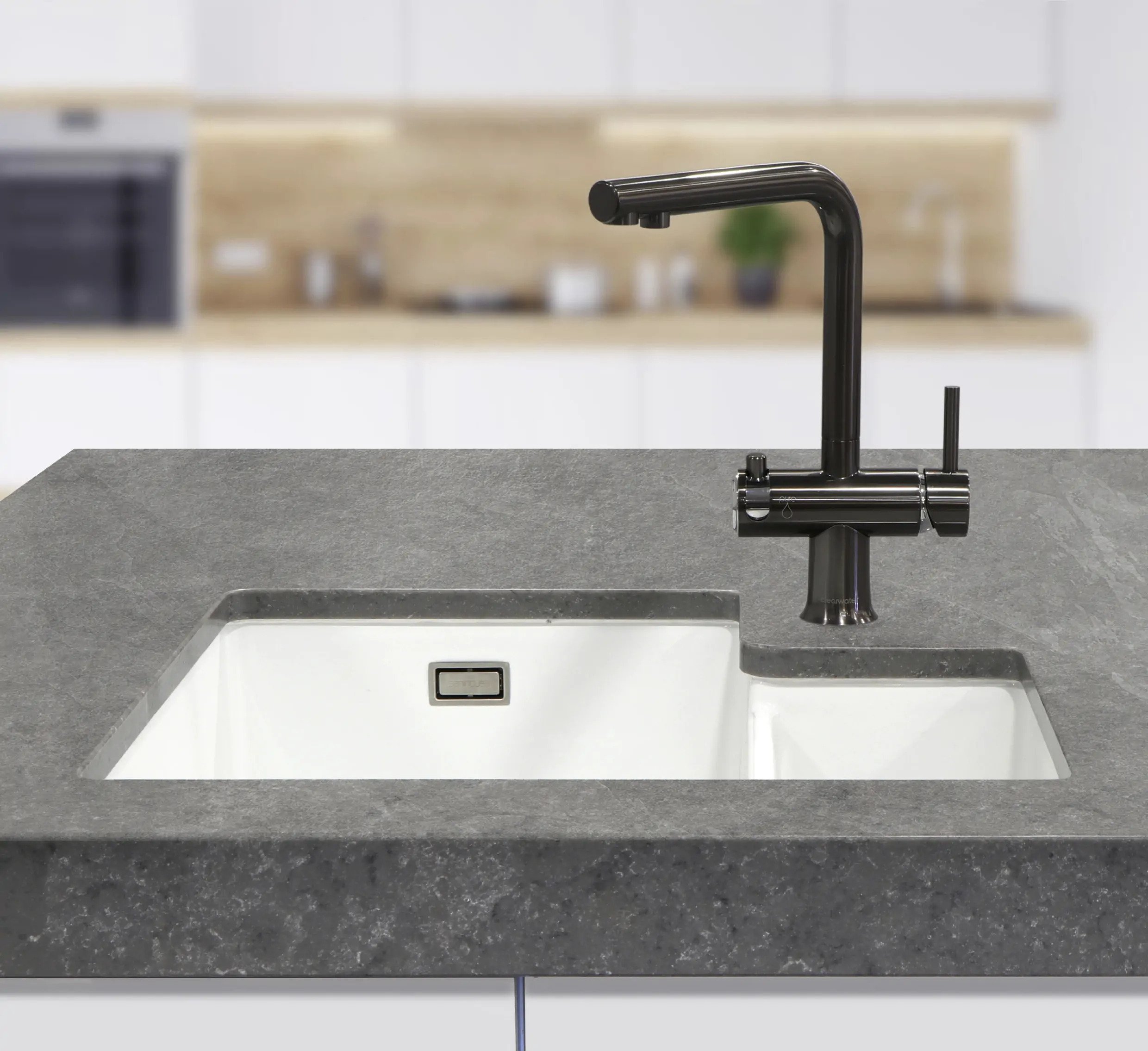
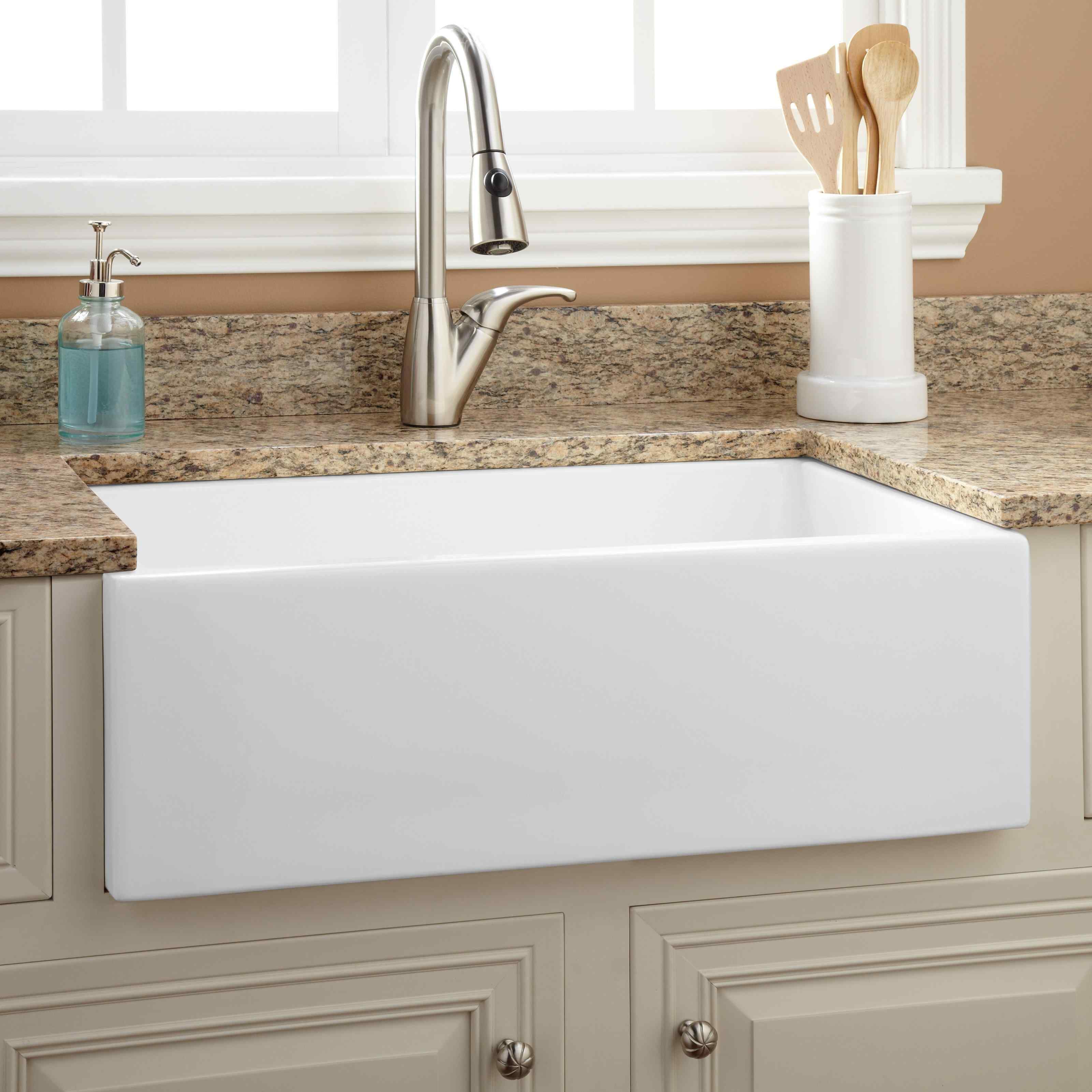
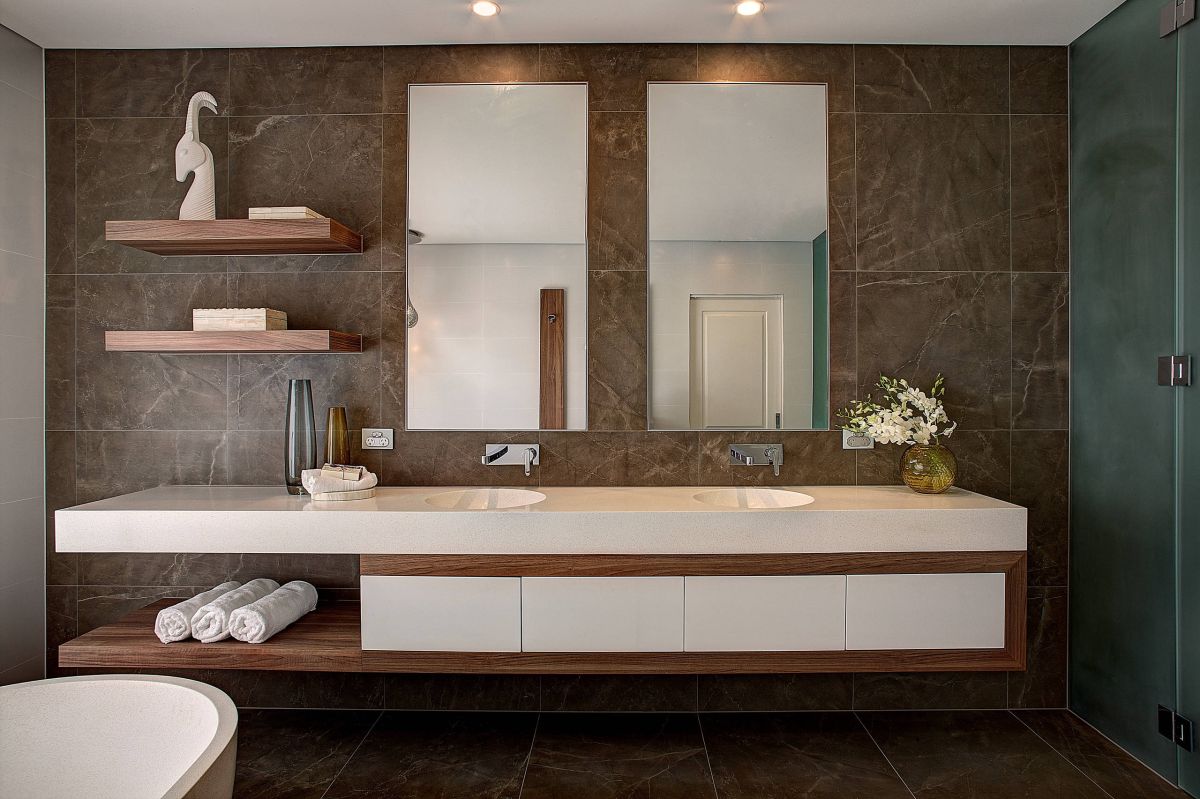
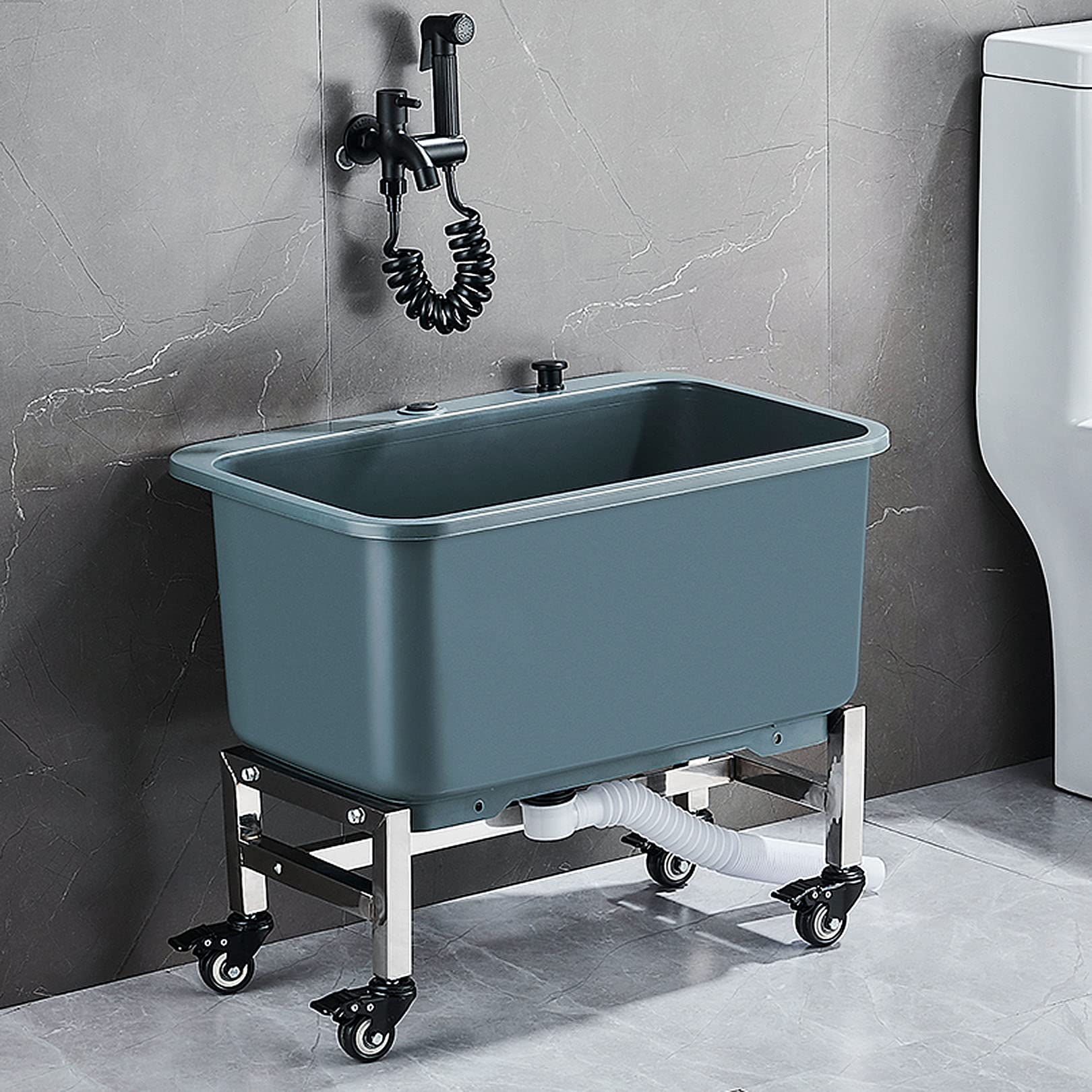
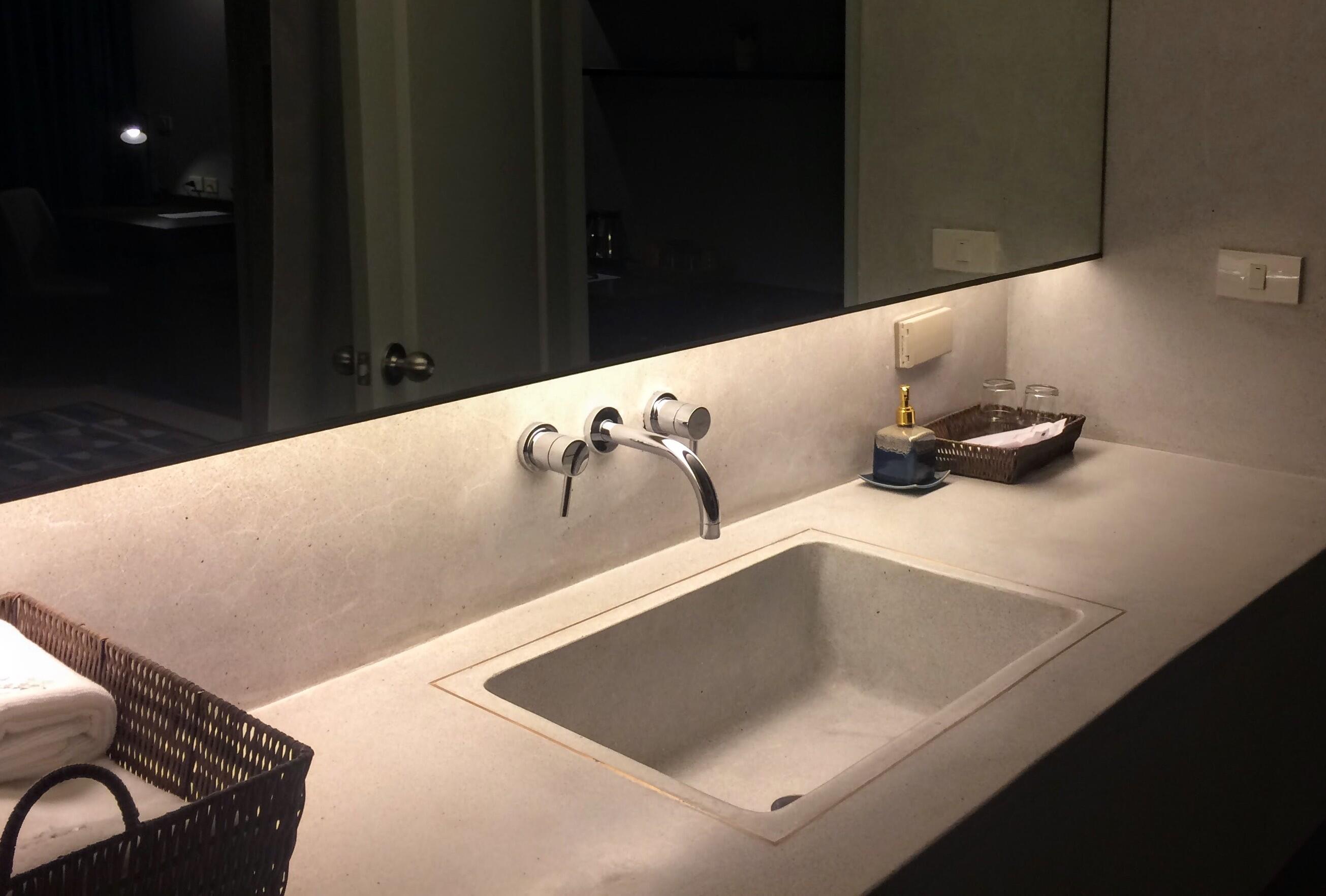

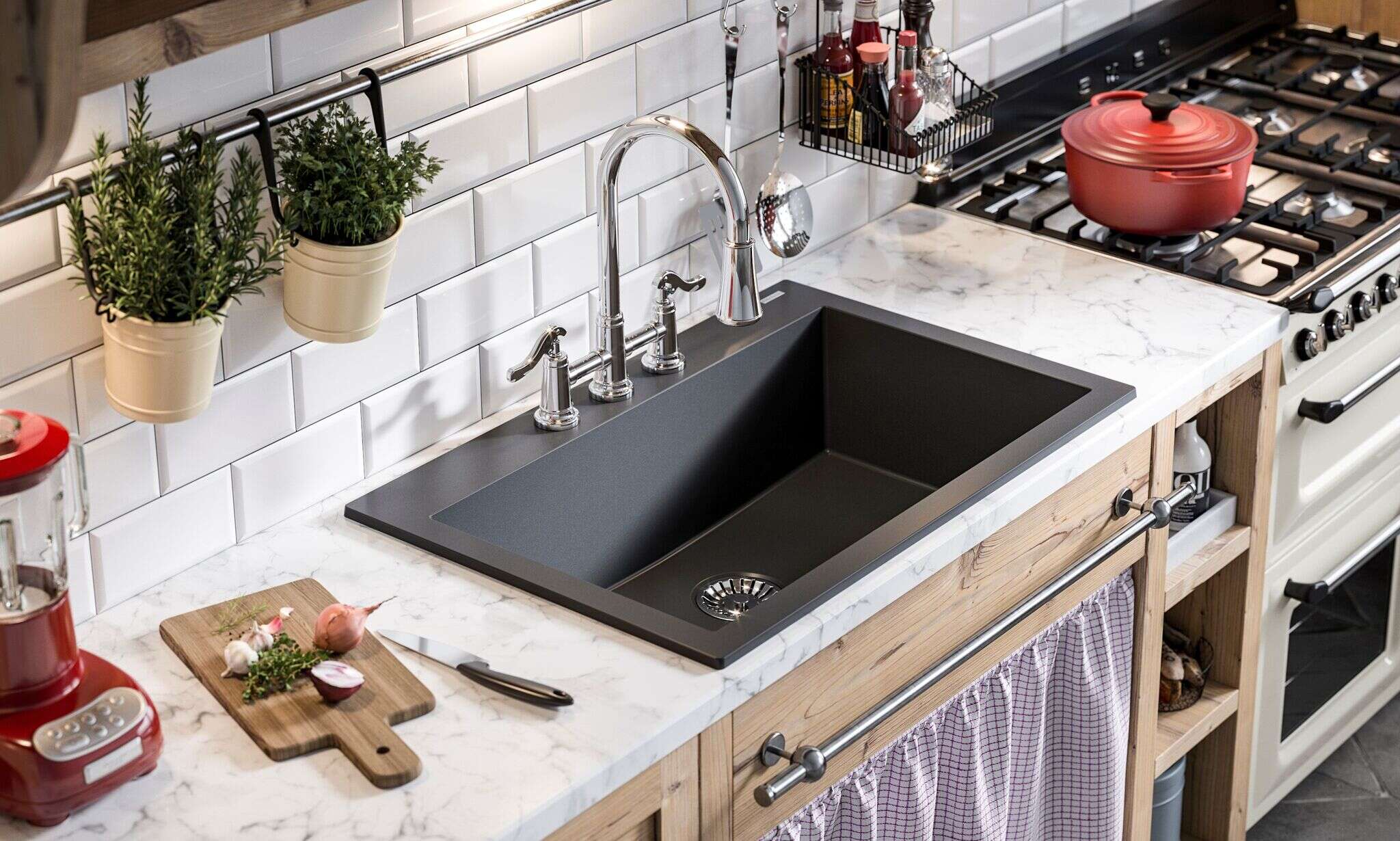
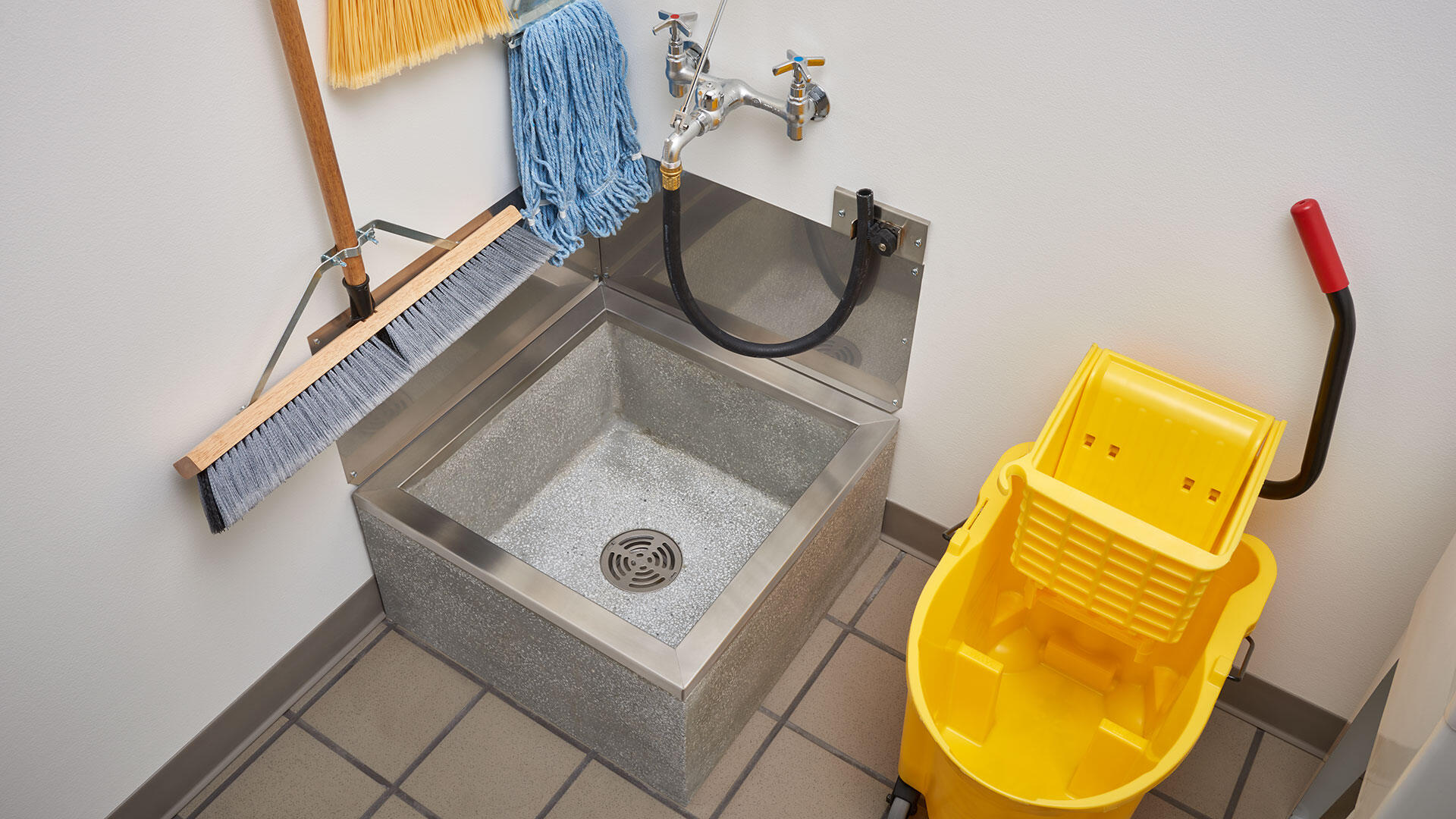
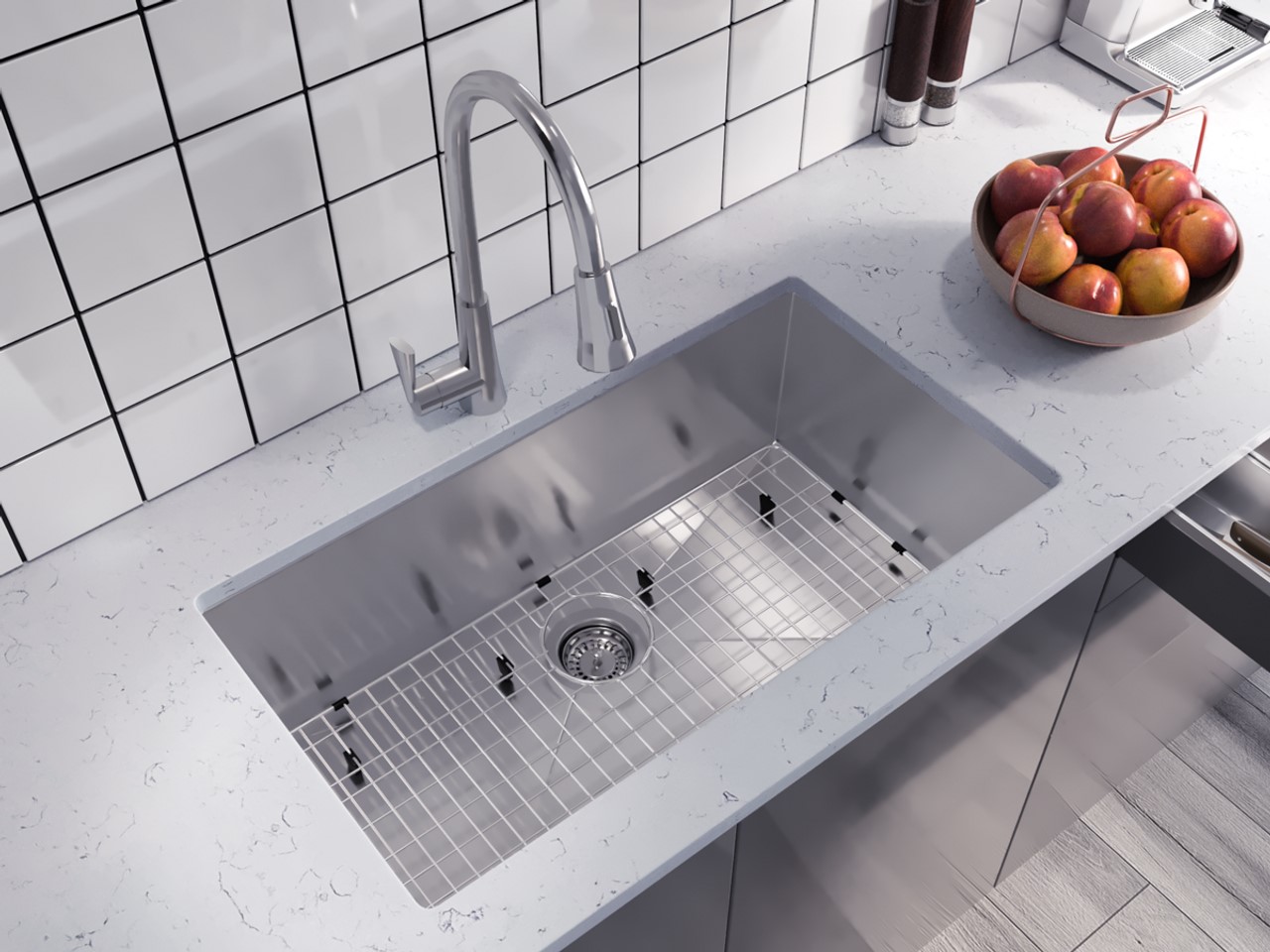
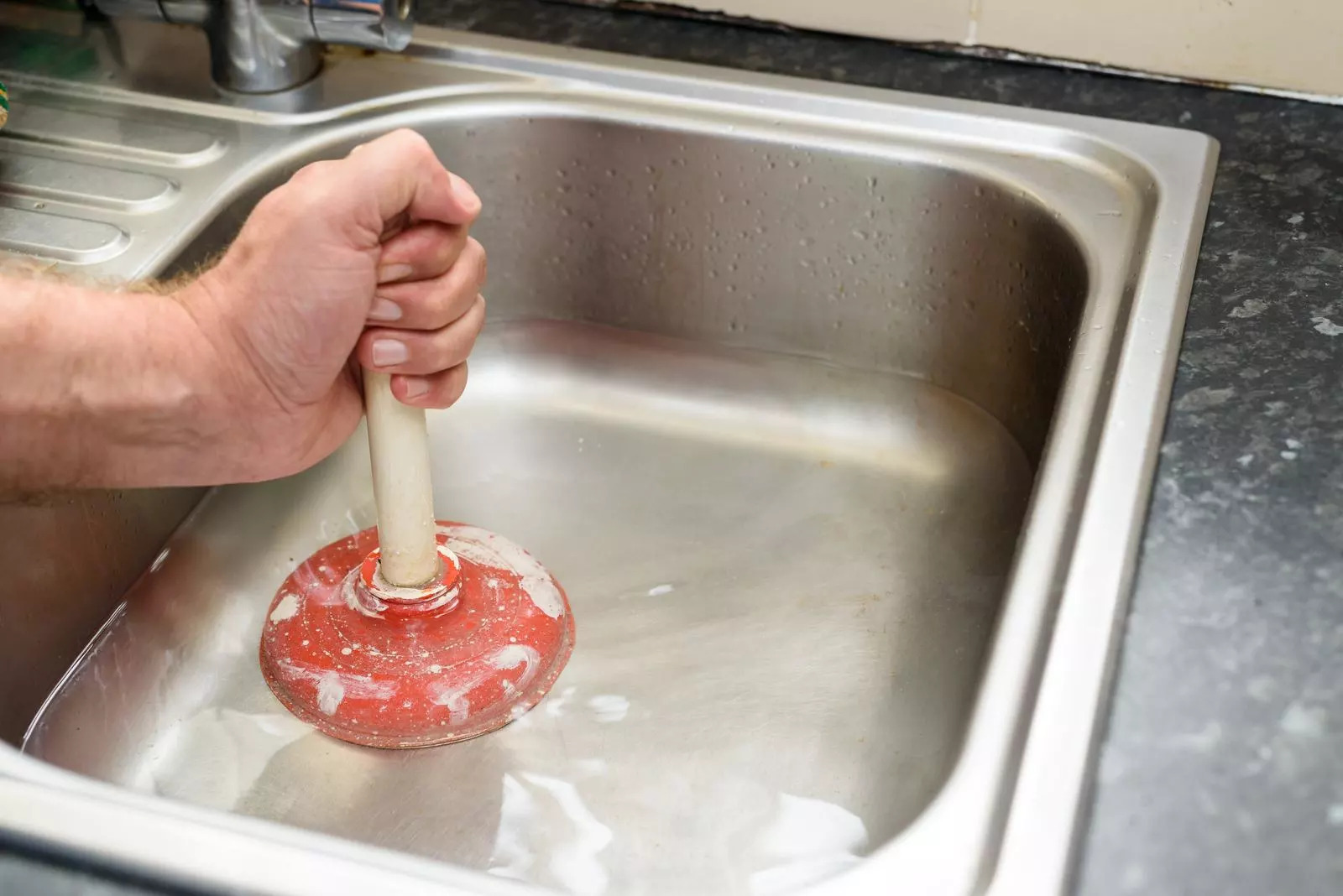

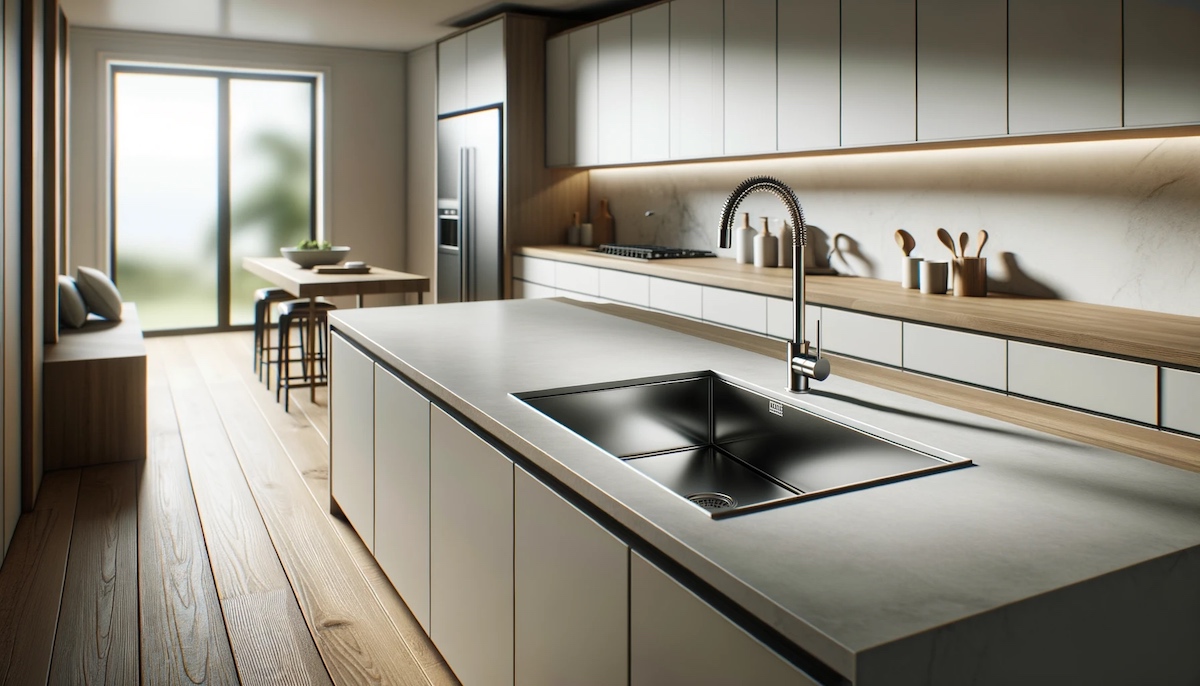


0 thoughts on “What Is Undermount Sink”